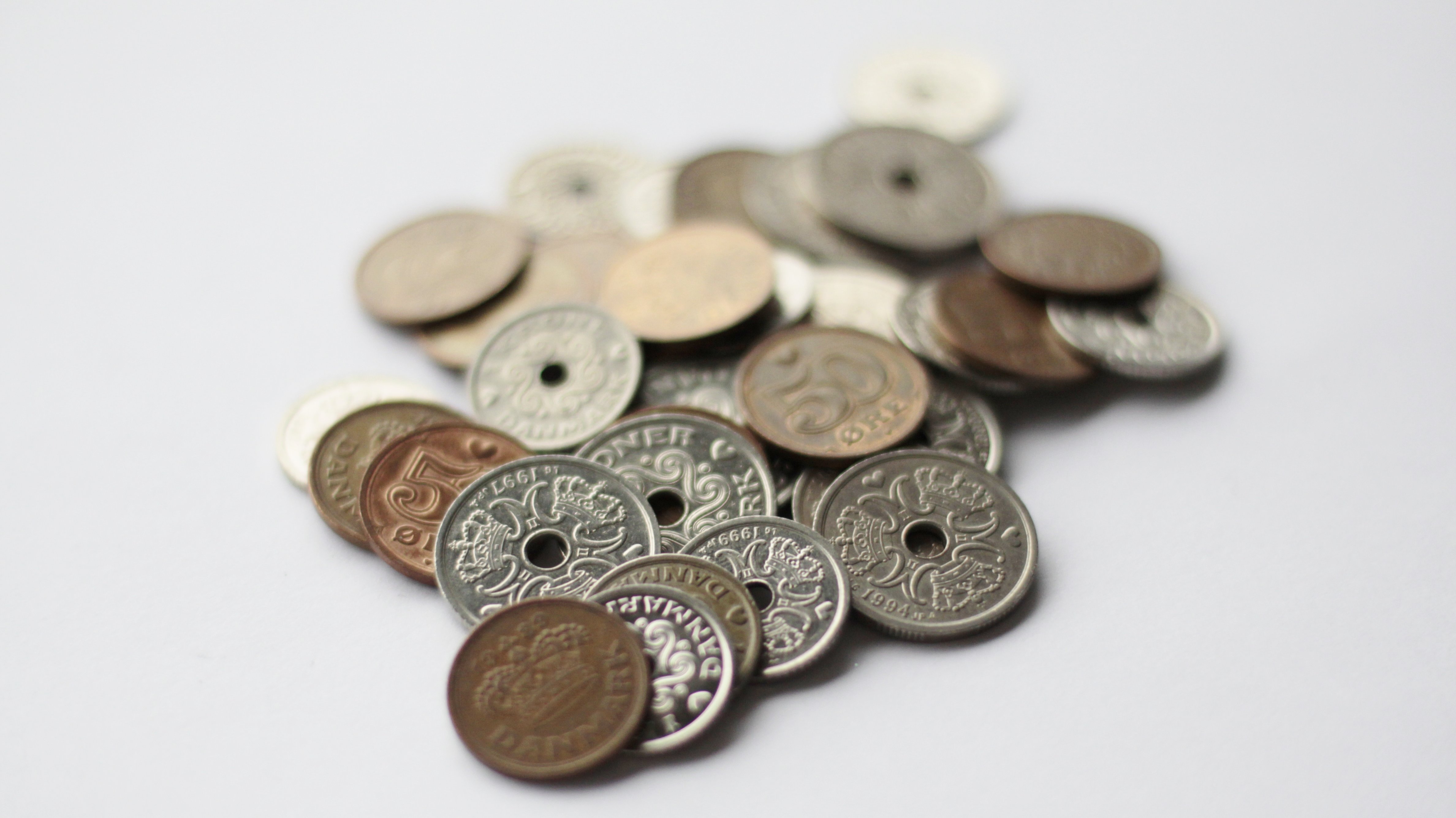Advance
An advance is a cash amount paid for expected necessary expenses in connection with your business trip.
The cash advance must only be used to pay work-related travel expenses. Thus, it is possible to pay cash advances corresponding to the work-related expenses that the traveller will have to pay in cash while travelling. (Note that cash withdrawals abroad are allowed and will always be a private expense).
Note that cash withdrawals abroad are allowed and will always be a private expense that must be settled afterwards.
Advances are government funds and can only be used for official expenses.
Who can get an advance?
As a general rule, employees cannot receive an advance if they are entitled to a credit card. In some cases, an advance can be paid if it is not possible to pay with a credit card in the relevant country.
As a general rule, advances can only be paid to employees.
If an advance is to be paid to a student or external party, an approval from the head of department/school must be attached.
Payment of advances
An advance is paid out after applying through RejsUd. See guide here.
The advance may be paid no earlier than 14 days before the planned time of travel, unless it can be documented that the traveller will have an out-of-pocket expense prior to the aforementioned 14 days. For example, this could be a congress fee that cannot be paid in any other way.
An advance must be proportional to the expected travel expenses and will only be paid in Danish kroner to the traveller's NemKonto/Easy Account.
Settlement of advances
A cash advance must be settled as soon as possible upon return, and by no later than three months after payment of the advance.
The cash advance will be settled in connection with final travel expense reporting in RejsUd - see this guide.
Note
- Cash advances are only possible in exceptional cases
- The amount of an advance may not exceed the expected expenses.
- A request for a cash advance must be submitted via RejsUd, and a budget must be attached
- Settlement will be made via RejsUd - see this guide
